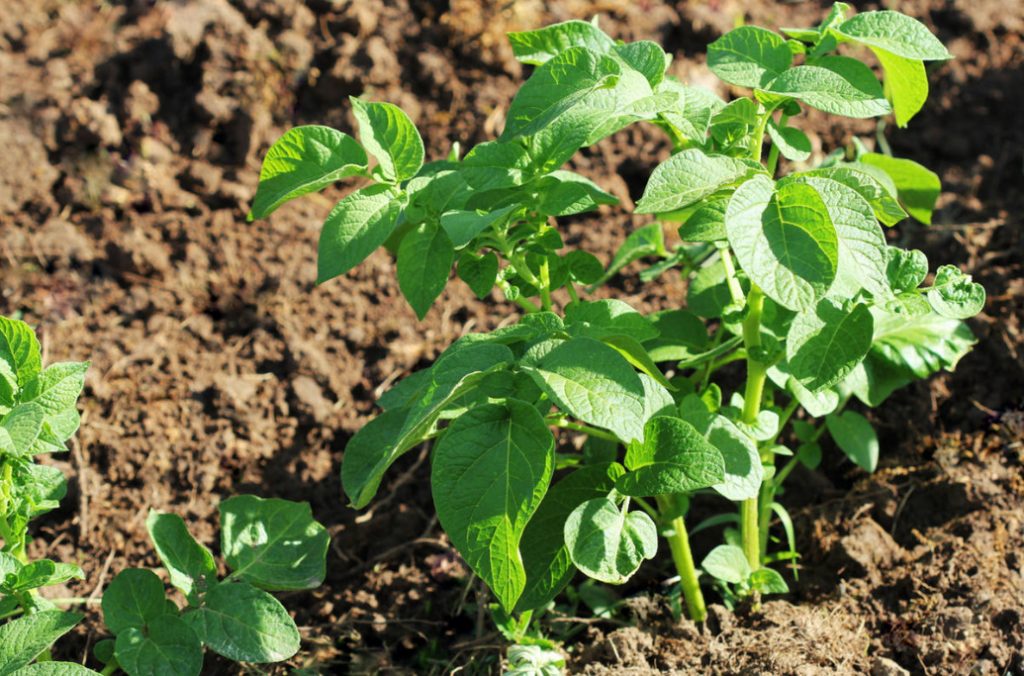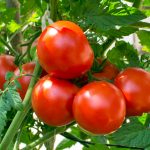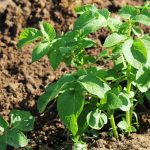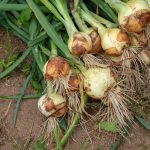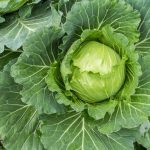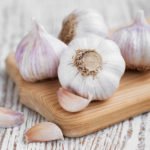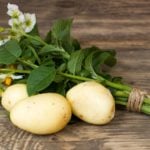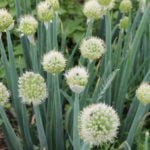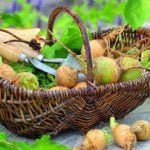Gardening has entered a phase of active development: everything that had enough time and effort in the spring has already been planted, and the rest-what did not have time and “could not” — has been transferred to the plans for the next year. Planting gradually begin to get out of infancy-nursery age — and turn into young plants. And the gardener has the idea that growing green organisms require additional nutrition. It is time for the first fertilizing.
And if no one has any questions about the importance and need for additional nutrition, for example, tomatoes (there are many tips and recipes on this issue), then what, how, when, and most importantly, whether to fertilize potatoes, there are different opinions. Some cottagers believe that this crop needs to be fed 1 time: to make fertilizers in the hole when planting. Others tend to require several top-UPS per season. I suggest that we discuss this topic.
Why feed the potato
Why do we need to feed plants at all? Radical adherents of natural farming claim that no one in nature makes fertilizers when planting, does not produce root or foliar feedings, and everything grows perfectly. However, they forget that cultivated plants are not like their wild progenitors. Vegetables and fruits grown by humans are larger, sweeter, and tastier. Who will like the fruit of an Apple tree-a wild fruit or a tuber of wild potatoes, small and gnarled, like Jerusalem artichoke?
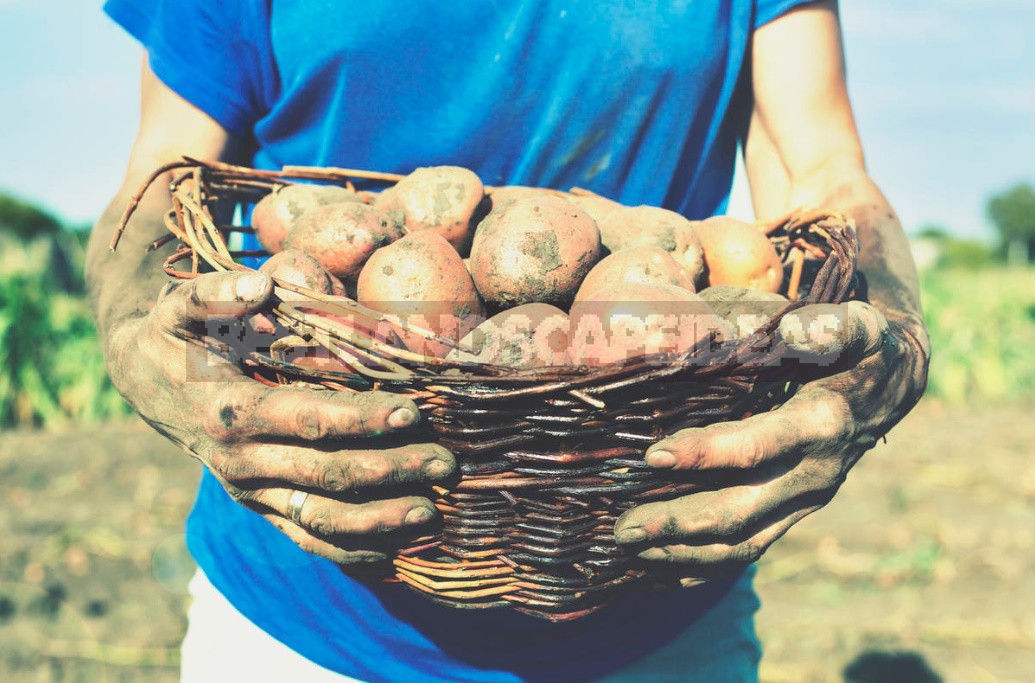
By adding additional nutrition during the season, we “pay” for the excess that Nature does not need: a larger fruit size, bright color, pleasant taste, rich chemical composition. We additionally feed the plants, so that they then feed us tasty and satisfying.
Therefore, potatoes, like other vegetables, also need an increased diet. Although many gardeners who are sensitive to cucumbers, eggplants and tomatoes, potatoes are grown on a residual basis, taking the necessary amount of acreage, and not the quality and quantity of the crop from a particular Bush.

But what about fertilizing during the autumn digging and pre-sowing-directly during planting, in the hole? It seems to me that in this way the gardener only replenishes the nutrients in the soil, which are literally taken out with the harvest in the cellar. Those substances that were used to form the tubers that we dug up and ate. And those that were spent on the growth of potato tops, which we also, according to the rules, carefully collected after the harvest — and burned in the distance, so that no infection would spread.
But in order for potatoes to be “faster, higher, stronger”, that is, not to get sick, quickly build up the green mass, tie a large nest of tubers, pour all the resulting potatoes to the size of “larger than average”, and in the tubers-there was a high percentage of starch and other substances necessary for the human body, the plant requires increased nutrition. And it is important that it comes at the right time. Moreover, not only the main elements of nutrition (nitrogen, potassium and phosphorus) are needed, but also a multi-line list of trace elements.
Road spoon for dinner
At different stages of its development, the plant is deficient in various elements. Therefore, it is important to make fertilizing not only in the right amount, but also on time — exactly when there is a need for them. For example, nitrogen introduced incorrectly will cause excessive growth of the ” tops “to the detriment of the”roots”. Let’s take a closer look at how the potato Bush grows.

Phases of potato development
From planting to harvesting, the potato Bush goes through 5 stages.
- 20-25 days after planting, seedlings appear. At this stage, the potatoes do not need nutrients: the sprouts develop using the reserves of the mother tuber.
- During the next 20-25 days, the growth of the tops occurs, the plant enters the budding phase, and the formation of tubers begins. They can form 2-3 dozen, but full maturity and the appropriate size reach from 5 to 15 pieces (depending on the variety and conditions).
- In 25-28 days after the emergence of seedlings, the potato blooms. During the flowering period, some tubers already reach the size of a chicken egg — you can start digging up young potatoes. At this time, 75% of the total crop is formed.
- In the next 45-70 days, the process of maximum growth of tubers occurs — those that appear at the second stage increase in size, accumulate reserves of nutrients.
- After 90-100 days after planting, the last phase of development occurs — the death of the tops. All the processes of tuber formation are completed, the peel of potatoes thickens and becomes strong, the plant is preparing for a period of rest.
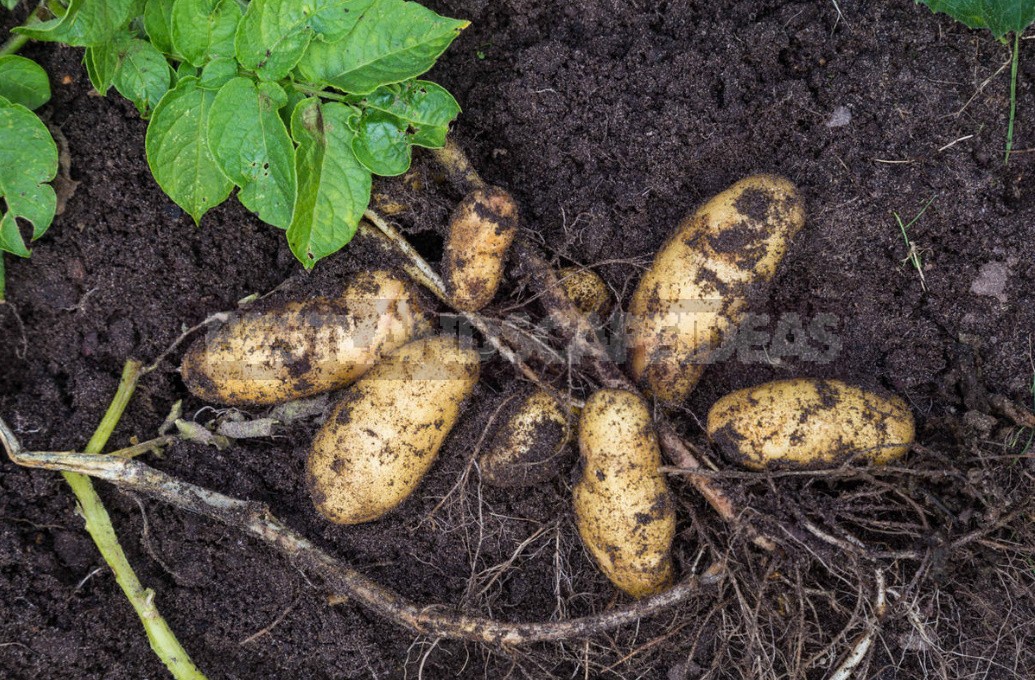
The 2nd and 3rd phases are called the period of vegetative growth. At this time, the mother tuber as a source of nutrition is no longer important: the plant acquires its own roots. Throughout the growing season, the role of nutrients for the plant is very large.
The peculiarity of the structure of the potato Bush is a poorly developed root system. It is less than 10% of the mass of the tops, and most of it is located in the surface layer of the soil. That is, the plant has a very small area of nutrition. Because of this specific structure this crop needs more nutrients than others.

The 4th phase is generative (associated with reproduction), and here, too, the plant needs increased nutrition. At this time, the formation of “babies” — and the accumulation of reserves of nutrients for them. After all, a tuber for a potato Bush is first of all a good start for future offspring, and not five hundred dishes for our table. But the hoarding of this culture is also good for us.
Three top-UPS of potatoes
From the above, it follows that additional nutrition for potatoes should be introduced during the 2-4-th phase — during the active vegetation period. Those who feed potatoes, most often use 3 top-UPS.
- The first is in early June, when there is an active growth of the tops.
At this point, the plant most needs nitrogen, so fertilizers are introduced with the predominance of this substance. You can use urea, ammonium nitrate, mullein, infusion of chicken droppings, “brew” from weeds. Fertilization is often combined with the first hilling. Or make “under the stake”: a wooden stake make a hole between two bushes and pour the solution into the resulting hole.
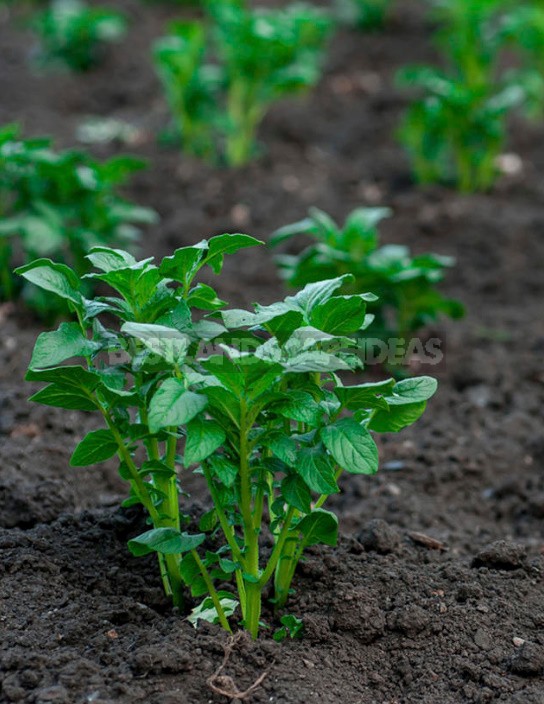
- The second feeding is carried out in the budding phase.
To do this, use phosphorus fertilizers: superphosphate, phosphorous flour, bone meal. Fertilizing with a high content of phosphorus stimulates the appearance of more tubers.
- The third time is fed during flowering.
This time you need fertilizer mixtures with a predominance of potassium, such as potassium sulfate, cement dust (produced from waste cement plants). It is very good for potatoes to use potassium carbonate. Many gardeners use ash extraction or ash solution. Fertilizers can be applied as both root (for example, during the second hilling) and foliar feeding.
Potassium contributes to better filling of tubers, improves their transportability and storage. And most importantly-makes potatoes more delicious (according to varietal qualities). Most often, by the time of the third feeding (by the end of flowering), it is difficult to carry out any measures with the soil: the bushes have grown, and the rows have closed. Therefore, you can make foliar feeding by spraying on the leaves.
